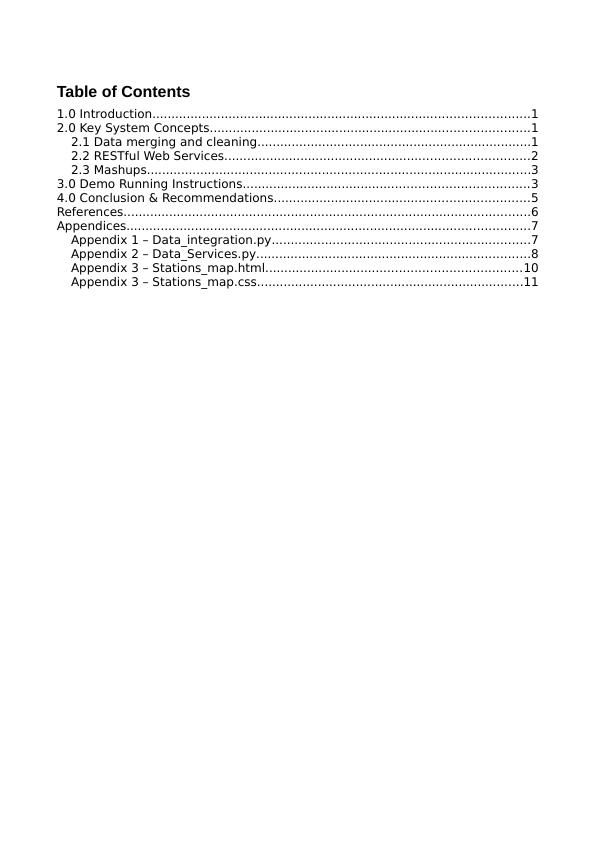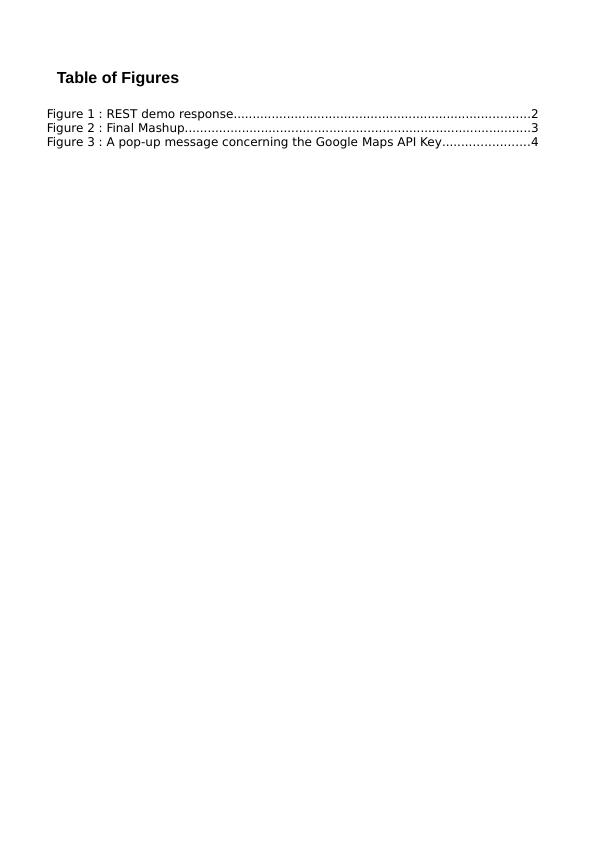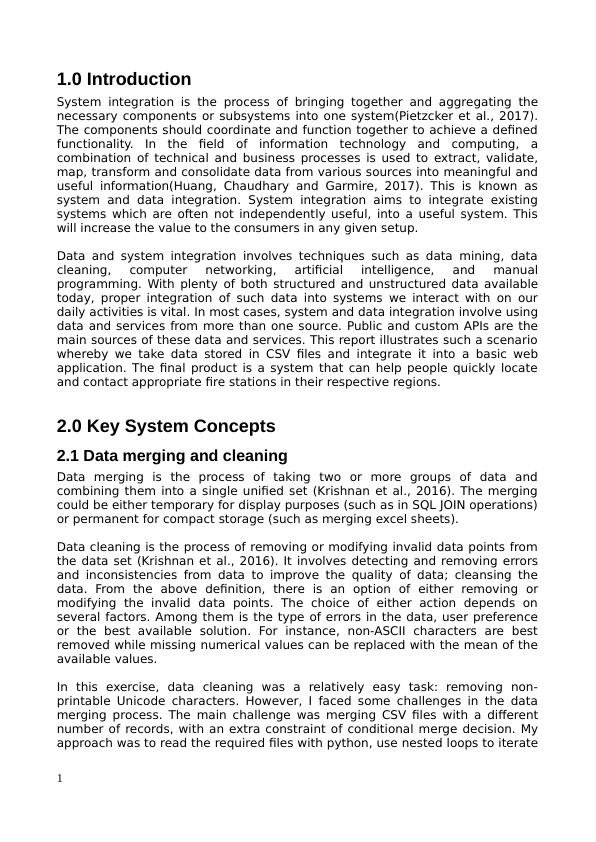Assignment on Web and Mobile Applications
Assessment task 2 for the ICT705 Data and System Integration course at ATMC, due on 7th February 2020.
16 Pages3426 Words14 Views
Added on 2022-08-19
Assignment on Web and Mobile Applications
Assessment task 2 for the ICT705 Data and System Integration course at ATMC, due on 7th February 2020.
Added on 2022-08-19
ShareRelated Documents
End of preview
Want to access all the pages? Upload your documents or become a member.
Web and Mobile Applications Assignment
|7
|1539
|11
Data System and Integration: A Study on Data Cleaning, Merging, RESTful Web Services, and Mashups
|12
|1694
|296
Data and System Integration: Key Components and Demo Running Instructions
|11
|1537
|137
Data and System Integration for Desklib
|12
|1561
|446
data and system integration Assignment
|13
|2036
|49
Data and System Integration: Techniques for Computing and Information Services
|12
|1499
|186




